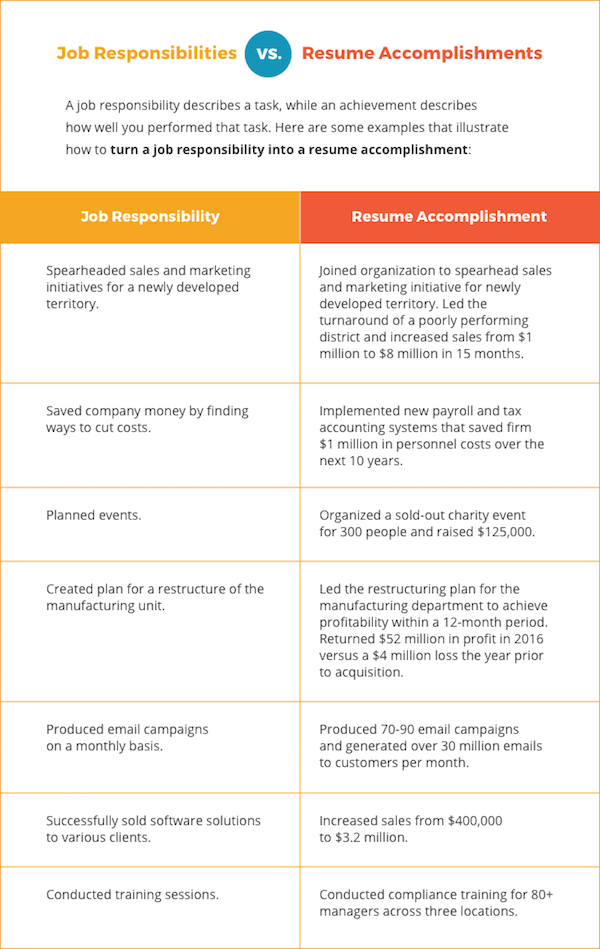If you are a job seeker you would constantly be hearing “you must tailor your resume to every job application.” So, how doe one actually do this?
You’re probably wondering- Is it really necessary? It might be tempting to skip it, because yes- it takes time.
But it really will make a huge difference in the number of companies that call you back and invite you to interview I’m talking about an exponential increase in callbacks… not a slight increase. I’ve tried both ways for my clients, trust me.
Tailor your resume every single time
Don’t let your CV get lost in the pile of paperwork
What is CV tailoring?
Much like when you buy an item of clothing and then decide to make some alterations, tailoring your CV does not mean that you re-write the entire CV from scratch Rather, you amend, and shape it so that it fits better. Likewise, CV tailoring will allow you to use one or two main CV templates and make a few simple but powerful alterations so that it suits the purpose for each of the related roles that you are applying for.
In the same way that one size does not fit all when it comes to clothing, one size of CV does not fit all recruiters or jobs. Submitting job applications can be a numbers game (in that you may need to submit many before you succeed), but there are some powerful tools you can absorb into your arsenal so that you give your application the most chance of leading to an interview. One way of doing this is tailoring your impressiveCV, because:
It helps target your application
It assists the recruiter in seeing that you have the skills/training/qualities for the role
Most importantly, it shows an attention to detail and that you have taken the time to review the job description and “answer” to its demands in your CV
Do not underestimate the power of tailoring your impressiveCV.
Given two candidates with similar or equal credentials, experience, skills, and training, recruiters will invariably prefer the CV that clearly demonstrates a faithful response to the needs of the role in question. Recruiters are short on time and often just scan CVs to check for key bullet points that show you are qualified for the role.
For recruiters that utilise “sifting software,” those programs are doing the reading on their behalf, and sift out the undesirable candidates— all the more reason to tailor your CV, as a computer program cannot “join the dots” together and see that you can do the job if your CV is not tailored to spell it out loud and clear.
So how do you do it?
Read the job description carefully. Ensure you are a good fit
Pick out keywords and phrases. Have a look at www.jobscan.com to assist you with key words
Make your experience fit. Use examples to showcase
Put your most relevant experience first. ...
Research the company and its key phrases and words
Tailor your CV to the job description for the best chance of success
Cross your t’s and dot your i’s. Seriously. Many job ads include a line stating that a candidate should exhibit excellent communication skills. While there are many interpretations as to what this may mean, it may actually be a simple yes/no rating that could stop your application dead in its tracks. How picky do search committee members get? That depends, of course. It’s true that not everyone was an English major in college, but the broad assumption is that materials should be virtually free of grammatical errors and demonstrate a degree of writing proficiency -- with a clear sense of organization and some variety in sentence structure and words.
Take the time to read and reread your application materials; consider asking a close friend to proofread as a favor. Despite your accolades, some raters may push you to the bottom of the pile if your writing reads more like a hastily sent text than a polished, professional piece.

![Settling the Difference between “Digital Transformation, “Digitalization”, and “Digitization” [SOLVED]](https://images.squarespace-cdn.com/content/v1/5ccc4fc992441b0bec3fb03c/1650602045603-1KXG8C8QP5H65MOWC205/unsplash-image--uHVRvDr7pg.jpg)










